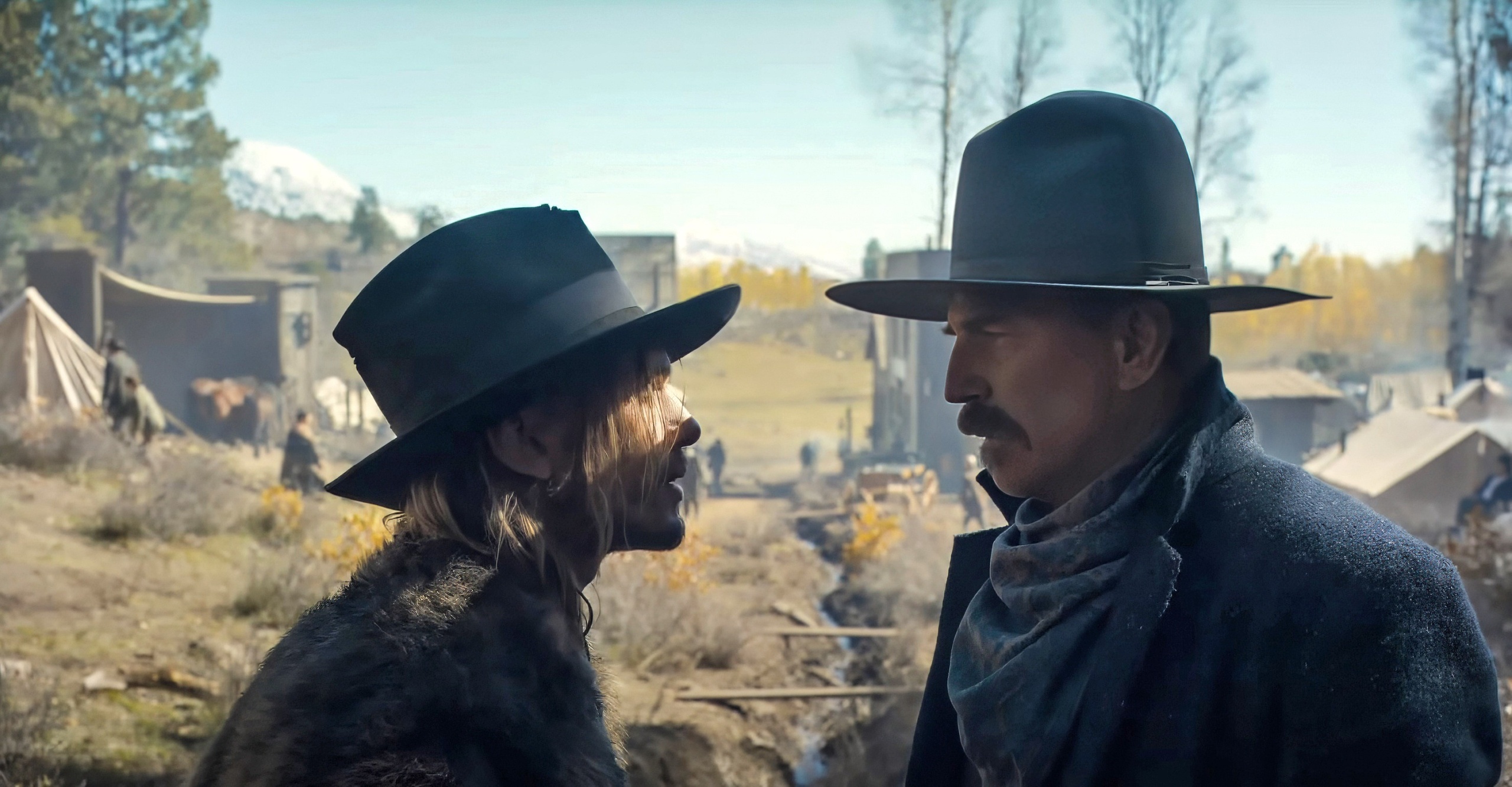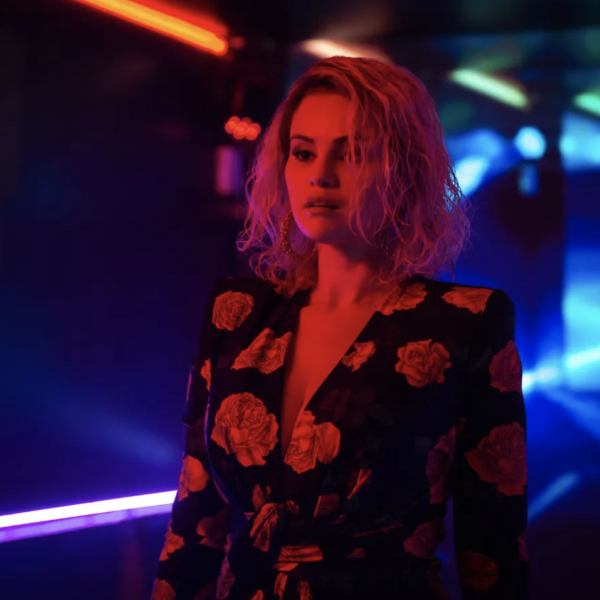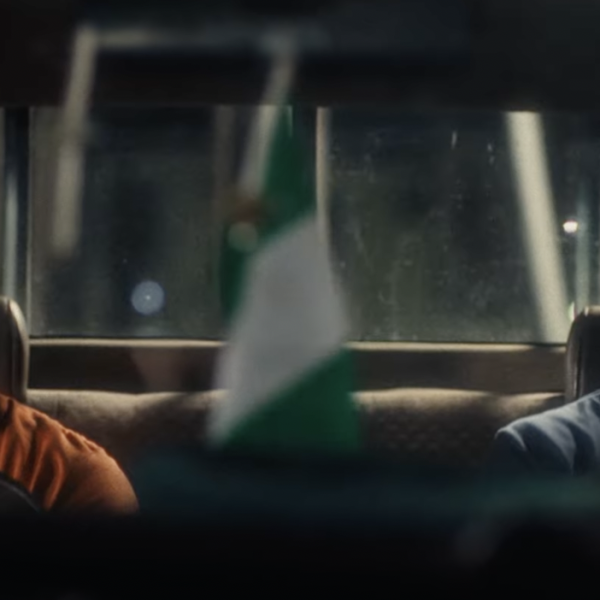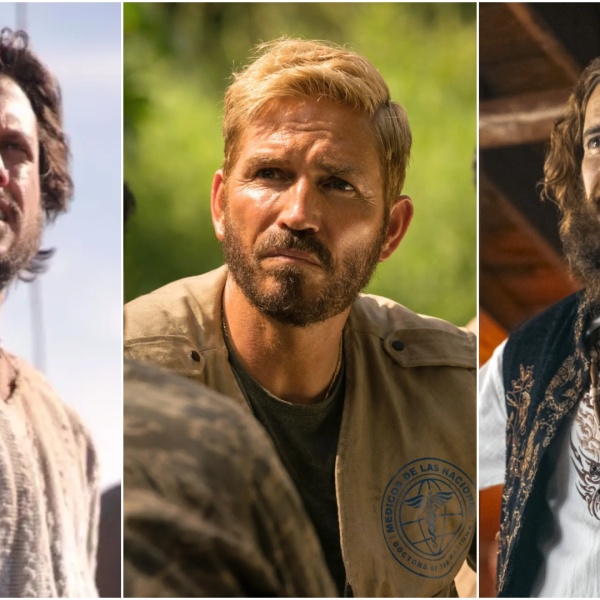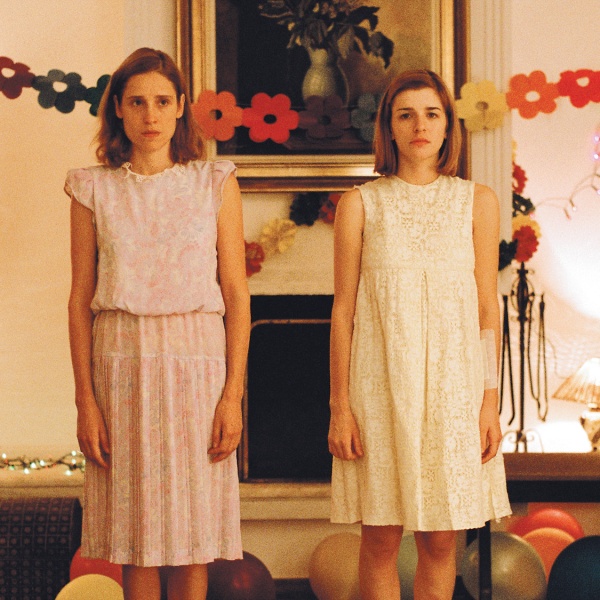It didn’t take long for costume designer Lisa Lovass to dive into her exhaustive prep for Kevin Costner’s “Horizon: An American Saga — Chapter 1,” the director’s ambitious Western chronicling the Civil War-era expansion and settlement of the American West. In fact, she started taking notes immediately after reading the first page of Costner’s script (co-written by Jon Baird), which was not her usual routine. But it was so densely packed with descriptions of the characters (140 speaking parts), as well as the locations, that Lovass needed to jot it all down to get a head start on her research, which turned into a book-length account of everything concerning “Chapter 1” (including actual photographs from 1861 to 1865).
Lovass researched with surgical precision because she had three movies to plan (“Chapter 2” opens August 16). “Chapter 1” juggles three storylines: an attack on the Horizon town of Arizona by the Apache across the river leads to the Union Army taking survivors to a nearby fort; mysterious horse trader Hayes Ellison (Costner) comes to the aid of sex worker Marigold (Abbey Lee) in Montana Territory; and a wagon train struggles to make its way through the Oregon Trail to Horizon.
The costume designer outlined each character, each scene, what happens in their lives, how far they travel, and the continuing weather conditions. “I tried to get real research, something that I knew Kevin would understand because he is such a Western aficionado, and he’s been writing this for 20-some-odd years,” Lovass told IndieWire. “And I think that, in his heart, he just wanted to tell a story about the West and about America. He has told me that it is a movie he wants 10, 15, 20, 30 years from now for people to watch. And to understand what people went through to settle this country. How it looked, what happened. And he felt that it should be a timeless story.”
With the wagon train moving across the country, Lovass logged locations, including where there was a river and when the wagon train parked by a river so they could do laundry lines and show the effort that people had to put into getting clean water to wash their clothes and take baths.

“Those little things I tried to get between [‘Chapter 1’ and ‘Chapter 2’],” Lovass said. “I’d like to think you see that there’s those little moments of people’s lives: slowing down when they reach a destination and the breath they take before they have to go out again. I tried to show that in their costume and trying to have it be something that is attended to and looked at. And then as they pack up the next day to go on. So with each group that I had, I tried to find something, some sensitive moment that we might be able to translate onto the film.”
In terms of costuming the wagon train members, Lovass learned that they needed enough money to afford the trek out West, and they were so desperate to have their own plot of land that they would do anything to get there. “Most of the men had a pair of pants, most had a jacket, possibly two jackets, if one was warmer, and two shirts and two socks,” said Lovass. “The women dressed rugged with pants underneath their skirts. A couple of young sisters wear menswear because they didn’t have the money to buy blouses.”
However, there’s a prominent English couple set apart from the rest of the wagon train: prissy school teacher Juliet Chesney (Ella Hunt) and Hugh (Tom Payne). “For crafting Juliet’s dress, it was very difficult to find a lot of prints for women’s wear that were period correct,” she continued. “So what I did in her case is I found a beautiful fabric that existed back in the day and I had that fabric screen printed. And we ended up making those dresses from existing period print. And she was the only woman that we were going to do a print for.”
For the White Mountain Apache, Costner wanted a lot of Spanish influence in their wardrobes with many subtle silver bits and pieces. “And we did a lot of white cotton,” added Lovass. “It was comfortable and it worked well in the scenes because of the red rock. And I had tremendous help with the necklaces and war cords for all of them.”

Although it’s an hour before we’re introduced to Costner’s Hayes, he strikes an iconic pose in his cowboy outfit. “Kevin’s very thoughtful and he knows what he wants when it comes to hats,” Lovass said. “I probably had 10 hats at the beginning for him to try on, and each one looked good on him. We ended up with a charcoal blue, tall crown that was more austere-looking. But what was nice about that hat, teamed with the [blue] jacket and his chaps, was that his silhouette was so defined. It was so uniquely him that even if it was just a shadow coming into a town, you would know it was the character of Hayes.”
Yet it’s the muted floral scarf that particularly stands out. “That’s block print from India,” Lovass added, “and I thought that it helped show the audience that there’s something there, some softness that we’ll find out.”
Meanwhile, the standout dress is the mauve one worn by Lee’s Marigold. “That time period in American history, the color mauve had just come into being,” Lovass said. “And so I wanted to do a nod to the mauve tones. In the bright light of the Utah sky, it goes a little purple with the digital. But it’s striking, which I think was the whole purpose of doing her in this head-to-toe, tonal kind of quality. [No one will miss her] when she walks in the town.”
